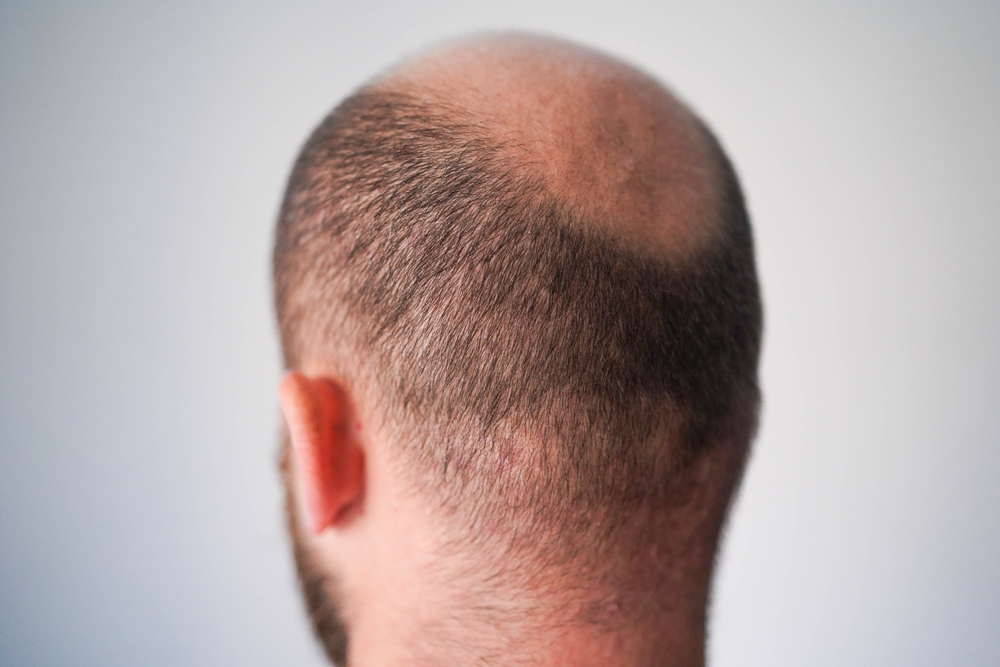After undergoing a hair transplant procedure, it’s common to see varying results in the appearance of your scalp and transplanted hair.
Here is a general idea of what you can expect to see after two weeks…
1. Scabbing and crusts – In the first few days following the hair transplant, scabs and small crusts may form around the transplanted grafts. These will usually start to lessen after the first week, but some may still be visible at the two-week mark.
2. Redness and swelling – You may experience redness and mild swelling in both the donor and recipient areas. This is a normal part of the healing process and should gradually subside over the following weeks.
3. Shock loss – Some of the existing hairs in the recipient area may go into a temporary “shock loss” phase, leading to hair fall due to the trauma of the procedure. This is normal and is usually temporary. New hair growth should typically begin in a few months.
4. Newly transplanted hairs – After two weeks, the newly transplanted hairs will still be in the initial stages of recovery. They may not appear very natural yet and might be shorter than the surrounding hairs. Some of them may have shed, and the rest might be in a dormant phase.
5. Donor area healing – The donor area, where hair follicles were harvested, will begin to heal, and any scabs or crusts in that area should also start to disappear.
6. Gentle care – Follow your surgeon’s post-operative care instructions diligently, including washing your scalp gently and avoiding excessive sun exposure or physical trauma to the transplanted area.
It may take several months for significant hair growth and a more natural appearance to become noticeable after the transplant. The final results of a hair transplant can take anywhere from 6 months to a year or more to become fully evident as the newly transplanted hairs continue to grow and mature. As individual experiences can vary, it’s always best to consult with your hair transplant surgeon for personalized advice on your recovery and expectations.





